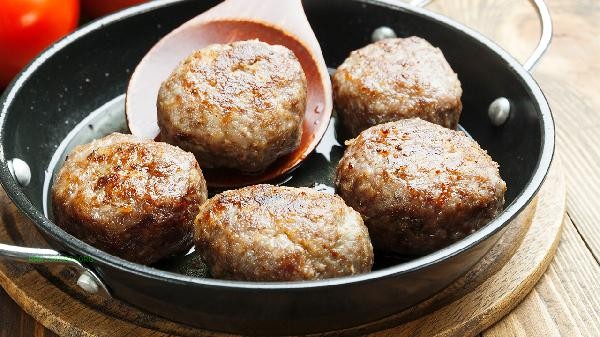Push ups mainly exercise the pectoralis major muscle, anterior deltoid muscle, triceps, core muscle group, and back muscle group, and are a composite strength training exercise. Its motor anatomy involves the coordinated contraction of upper limb thrust muscles and control of trunk stability.

1. During push ups, the pectoralis major muscle is responsible for the main task of exerting force, especially during the descent phase when it contracts eccentrically to control the body's fall, and during the push phase when it contracts centripetal to complete the horizontal adduction of the shoulder joint. This muscle covers the front of the chest, and the direction of its muscle fibers affects the range of movement. Wide distance push ups can more fully stimulate the outer side of the pectoralis major muscle.
2. Anterior deltoid muscle bundle
The forward flexion movement of the shoulder joint requires the continuous participation of the anterior deltoid muscle bundle, which cooperates with the pectoralis major muscle to complete the pushing action. Overactivation of this muscle may lead to a rounded shoulder posture, and attention should be paid to maintaining scapular stability during movements. Narrow distance push ups will increase the load ratio of the anterior deltoid muscle bundle.
3. Triceps brachii
The extension of the elbow joint is mainly completed by the triceps brachii, especially during the latter half of the movement when significant force is exerted. The long head of this muscle spans the shoulder joint, and its contraction efficiency is affected by the inclination of the trunk. Downward leaning push ups can enhance its stimulation. insufficient muscle endurance can easily lead to arm tremors during the pushing phase.
4. Core muscle groups

include rectus abdominis, transverse abdominis, and erector spinae muscles, which jointly maintain body rigidity and prevent compensatory movements such as lumbar collapse or hip elevation. The isometric contraction ability of the core muscle group determines the standardization of movements, which can be strengthened through flat plate support first. Poor muscle control may lead to compensatory lumbar over extension.
5. Back muscle group
The serratus anterior and rhombus muscles are responsible for keeping the scapula close to the chest, avoiding the appearance of wing shaped scapula. The inferior bundle of the trapezius muscle participates in scapular descent and forms mechanical balance with the pectoral muscle. Insufficient activation of the back muscles may lead to decreased shoulder joint stability and increased risk of sports injuries.
When conducting push up training, it is recommended to use the progressive load principle, starting from kneeling push ups to establish basic strength and gradually transitioning to standard movements. Dynamic stretching and static relaxation of the chest and shoulder joints should be performed before and after training to avoid muscle stiffness. Arrange 2-3 training sessions per week, with group breaks controlled within 60 seconds, which can be complemented by equipment training such as dumbbell bench presses. Pay attention to the range of motion of the wrist and shoulder joints. If pain occurs, stop immediately and adjust the hand support angle. Ensure a daily protein intake of 1.5 grams per kilogram of body weight in terms of diet, and promptly supplement carbohydrates after training to promote recovery.









Comments (0)
Leave a Comment
No comments yet
Be the first to share your thoughts!